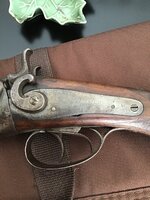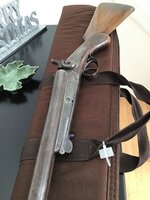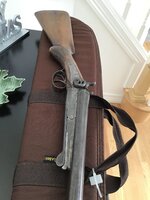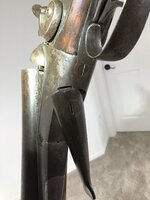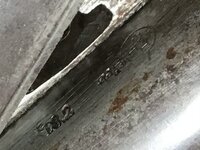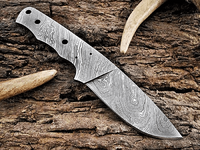Silver Lifetime
Bronze Lifetime
- Messages
- 872
- Reactions
- 1,400
Just picked up a great old wall hanger Meteor 12ga, "Belgium Laminated Steel," side by side. I have no history to share and I'm trying to find out more about it. I've run some searches on the company and Belgium doubles but almost nothing. Do you have any information about this Belgium?
The pics of the proof marks are the best I could do...thank you in advance:






The pics of the proof marks are the best I could do...thank you in advance:
